Contents
- 1 Tomatoes: Unlocking Lycopene Power
- 2 Carrots: Boosting Beta-Carotene
- 3 Spinach: More Accessible Iron and Calcium
- 4 Mushrooms: Enhanced Antioxidant Levels
- 5 Asparagus: Increased Antioxidant Absorption
- 6 Kale: Softening Fibers for Better Nutrient Release
- 7 Sweet Potatoes: Increasing Beta-Carotene Availability
- 8 Red Bell Peppers: Preserving Vitamin C
- 9 Broccoli: Releasing Sulforaphane
- 10 Garlic: Activating Allicin
Tomatoes: Unlocking Lycopene Power
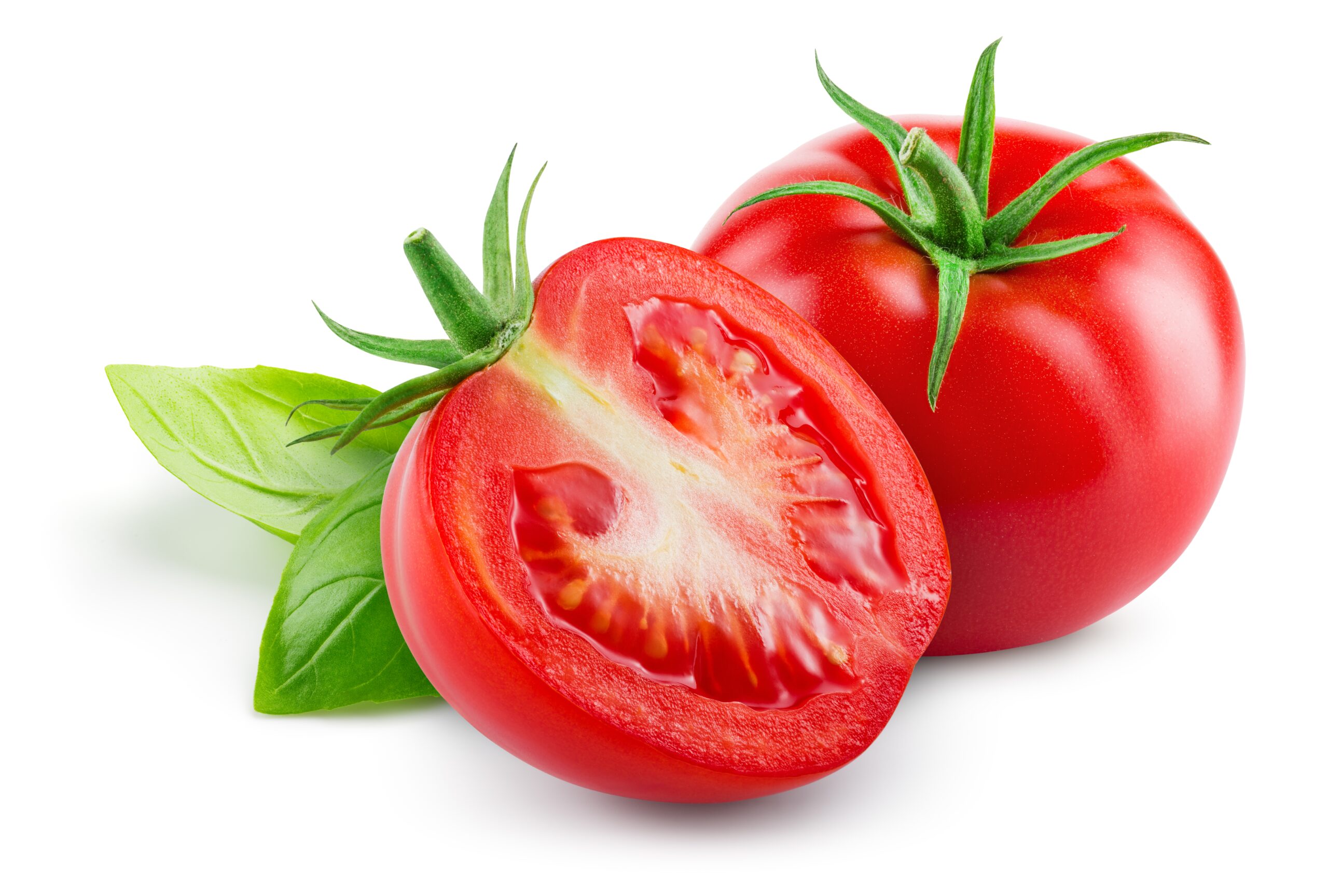
When tomatoes are cooked, their lycopene content—a powerful antioxidant—increases significantly. Lycopene is known for its potential in reducing the risk of heart disease and certain cancers. The heating process breaks down the plant cell walls, making the lycopene more available for your body to absorb. Incorporating cooked tomatoes into your diet through sauces, soups, or stews can enhance your intake of this beneficial compound.
Carrots: Boosting Beta-Carotene

Carrots are a prime source of beta-carotene, which the body converts into vitamin A, essential for good vision, immune function, and skin health. Cooking carrots makes the beta-carotene more digestible. A study has shown that boiling or steaming carrots can increase the bioavailability of this antioxidant, making cooked carrots a smarter choice for maximizing nutrient intake.
Spinach: More Accessible Iron and Calcium
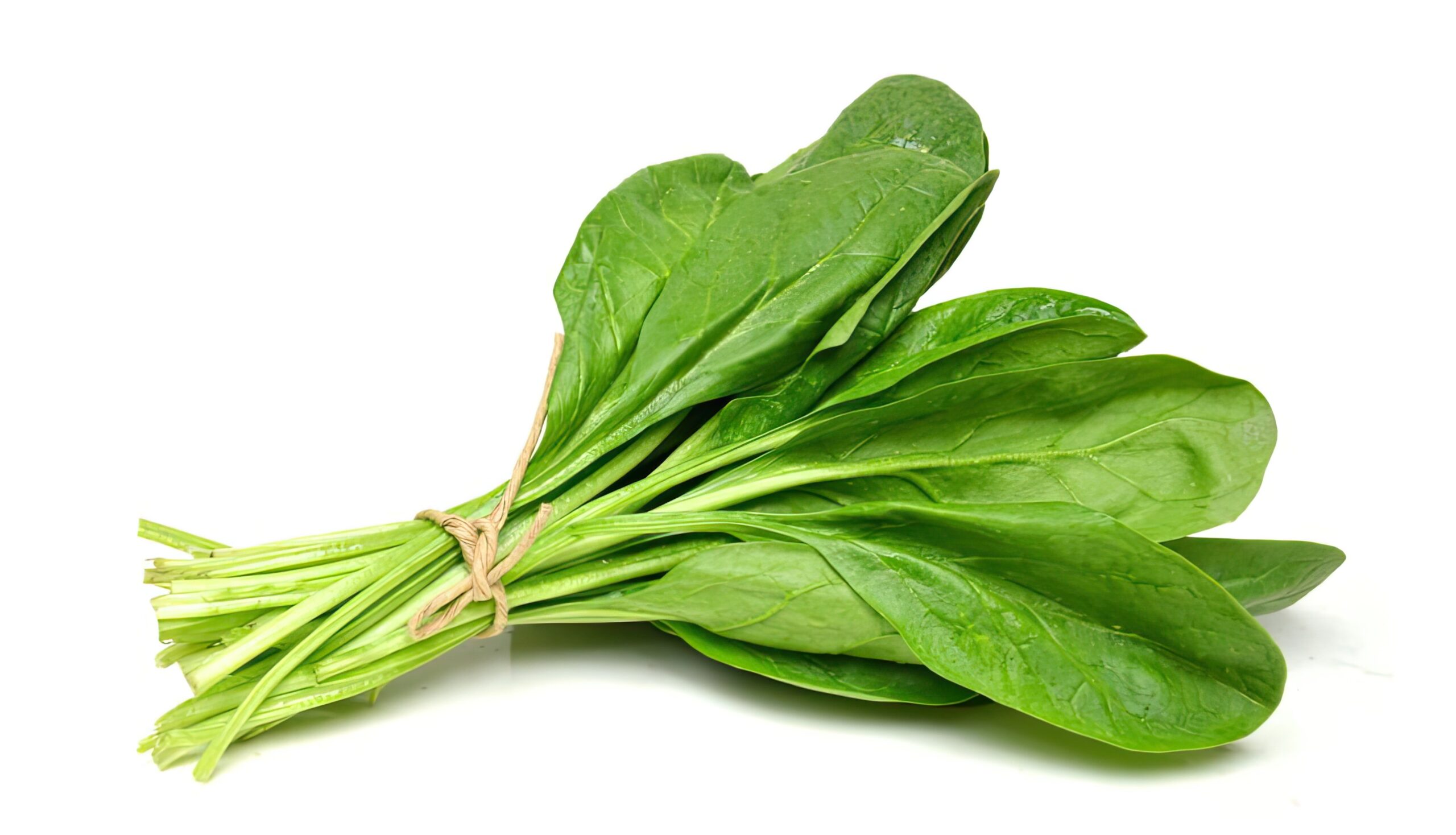
While raw spinach is a popular leafy green in salads, cooking spinach can make its minerals more accessible. The heating process reduces the oxalate content, a compound that binds with iron and calcium and reduces their absorption. Cooked spinach ensures that more iron and calcium are available for your body, supporting healthy blood and bones.
Mushrooms: Enhanced Antioxidant Levels
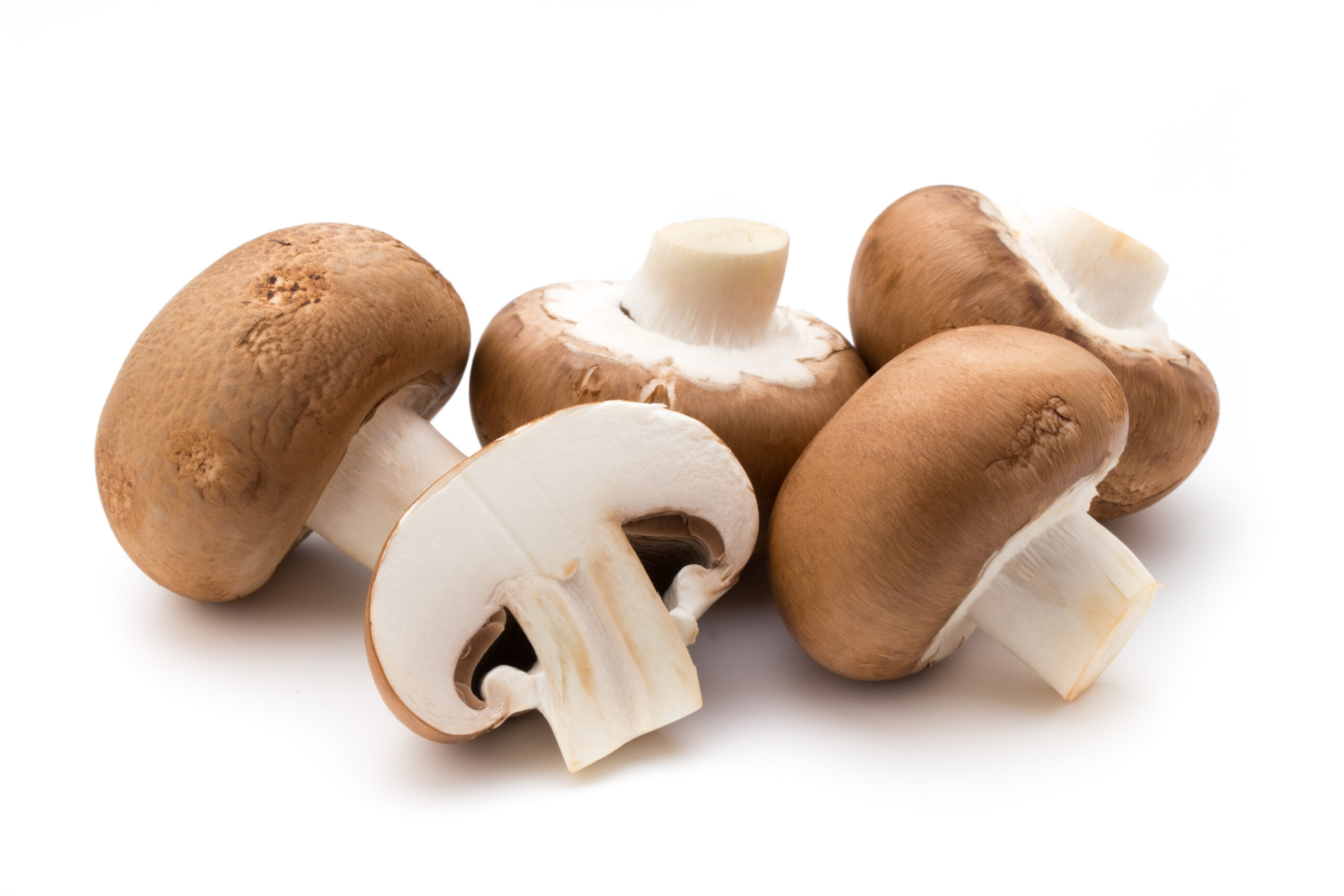
Cooking mushrooms isn’t just for flavor; it also enhances their antioxidant levels, particularly ergothioneine, which can help protect the body from cellular damage. Additionally, cooking reduces the agaritine content, a naturally occurring compound in some mushrooms that can be toxic in large quantities. Sauteed, grilled, or baked mushrooms are delicious ways to enjoy these health benefits.
Asparagus: Increased Antioxidant Absorption
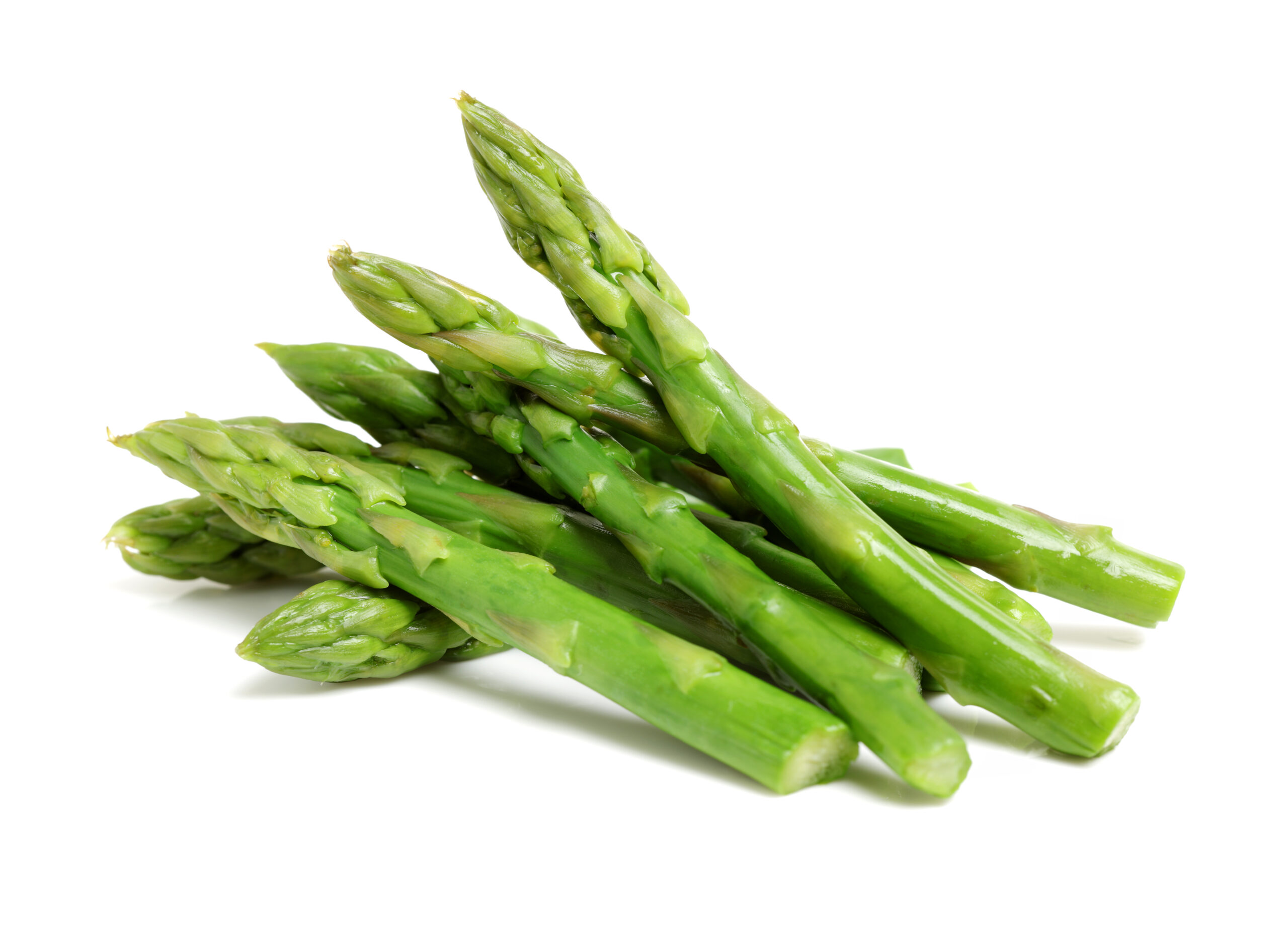
Asparagus is rich in vitamins A, C, and E, and the antioxidant glutathione, which plays a key role in aging and overall health. Cooking asparagus can break down the fibrous cell walls, making these nutrients more absorbable. Lightly steaming or grilling asparagus can enhance the bioavailability of its antioxidants.
Kale: Softening Fibers for Better Nutrient Release
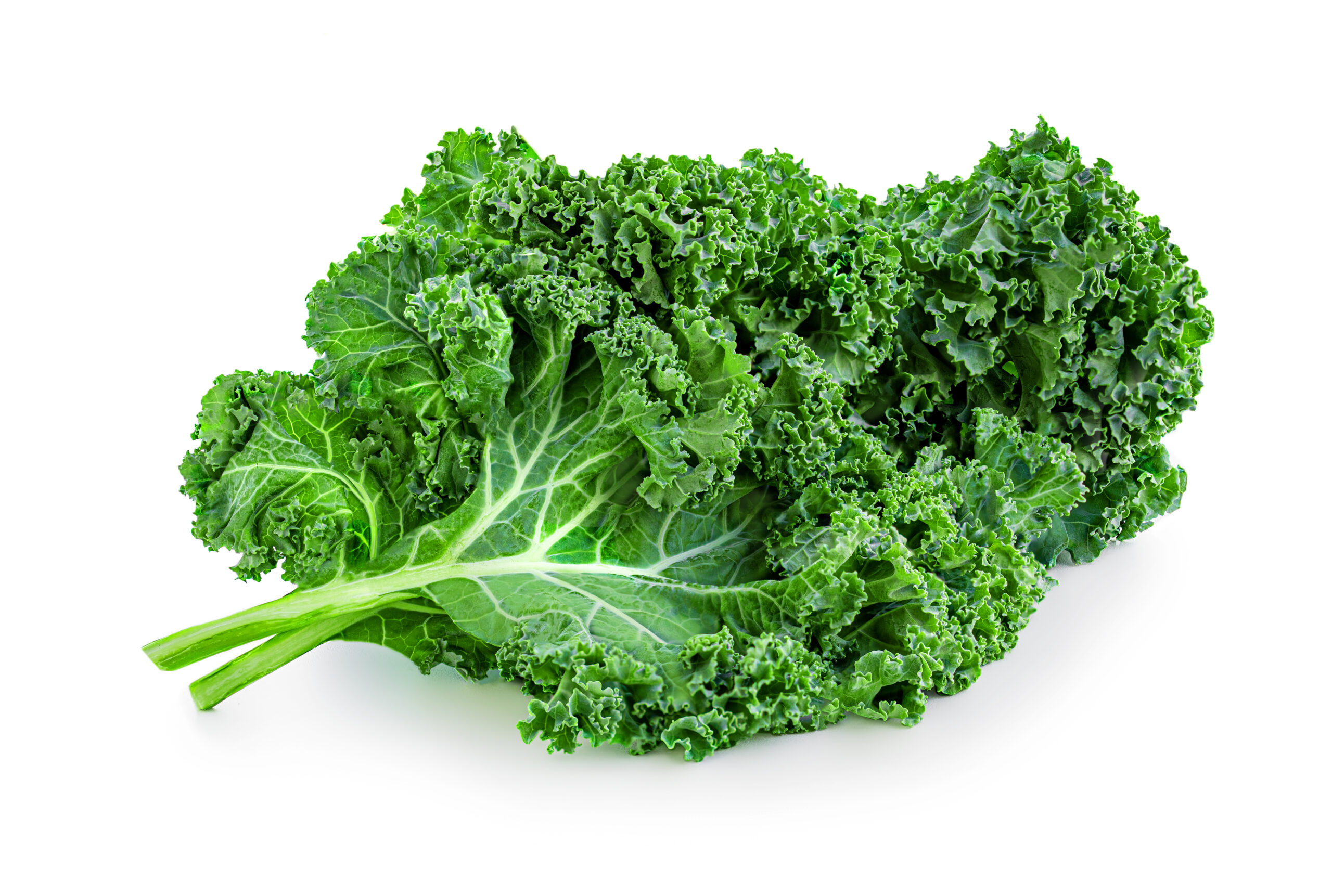
Kale, a nutrient powerhouse, becomes more beneficial when cooked. The heat softens the fibrous structure, making it easier for your body to extract and absorb the nutrients, such as vitamins C and K, iron, and calcium. Cooking kale can also help reduce the bitterness, making it more palatable for those who find raw kale too harsh.
Sweet Potatoes: Increasing Beta-Carotene Availability
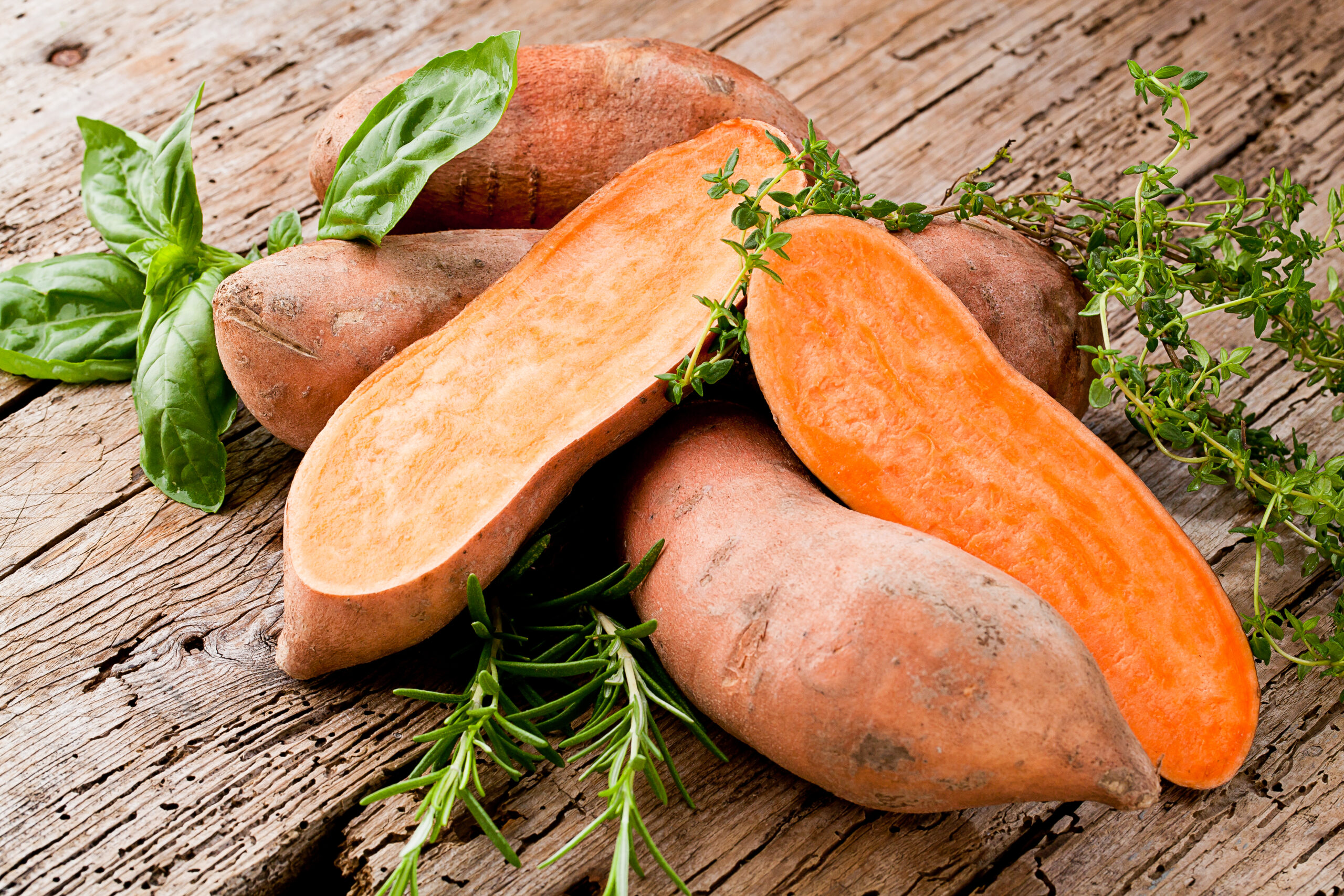
Like carrots, sweet potatoes are another excellent source of beta-carotene. Cooking sweet potatoes—especially baking or roasting—can significantly increase the bioavailability of beta-carotene. This process also makes them sweeter and more enjoyable to eat, proving that healthier doesn’t mean sacrificing taste.
Red Bell Peppers: Preserving Vitamin C

Although raw bell peppers are high in vitamin C, cooking them at low temperatures or for short periods can help preserve this vitamin while softening the vegetable’s fibrous texture, making it easier to digest. Lightly sautéing red bell peppers can enhance their sweetness and make their vitamin C more accessible.
Broccoli: Releasing Sulforaphane
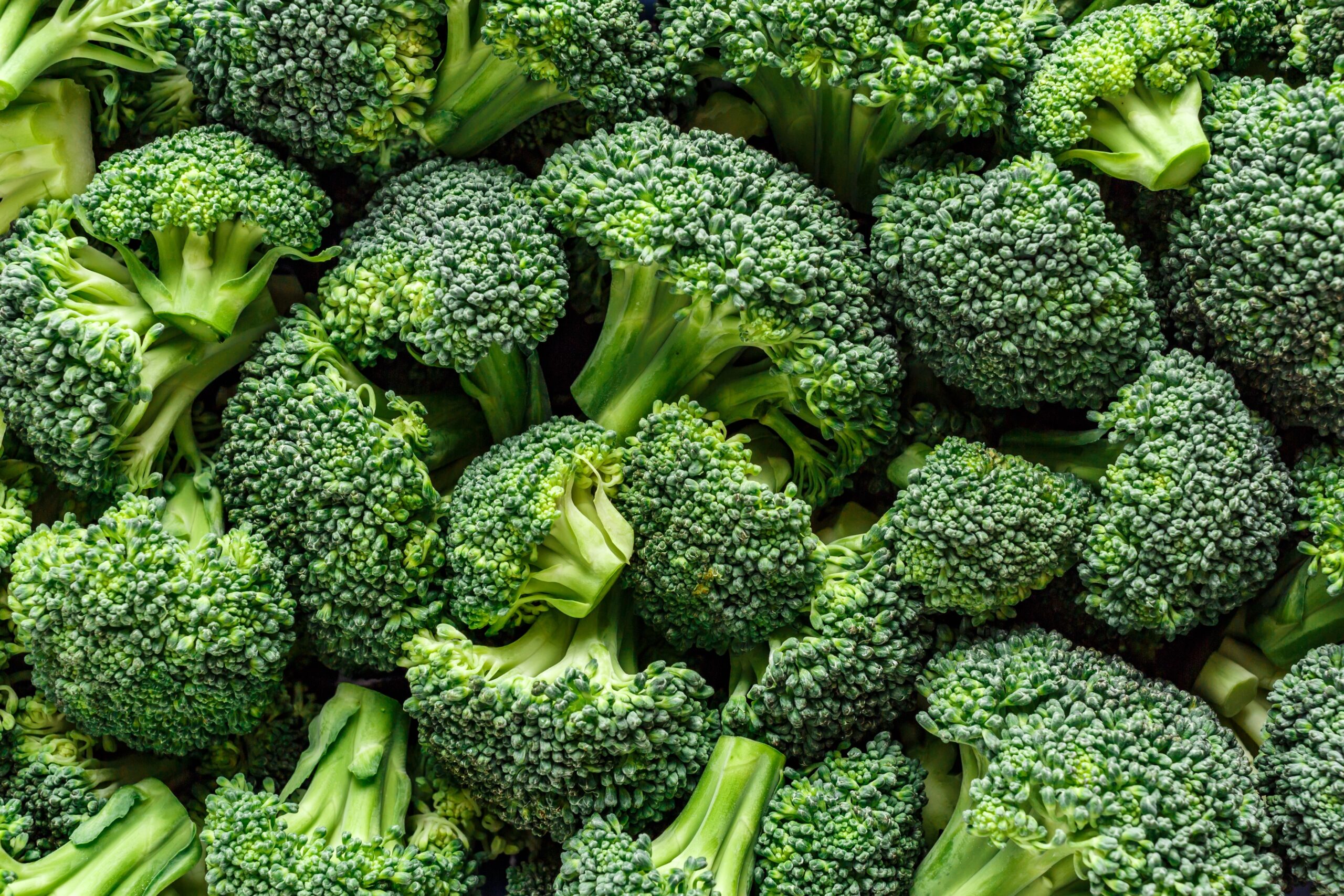
Broccoli contains sulforaphane, a compound with potent anti-cancer properties. Cooking broccoli—particularly steaming it lightly—can help release more sulforaphane. It’s a delicate balance, though; overcooking can diminish its benefits, so aim for a tender-crisp texture to maximize both taste and health advantages.
Garlic: Activating Allicin
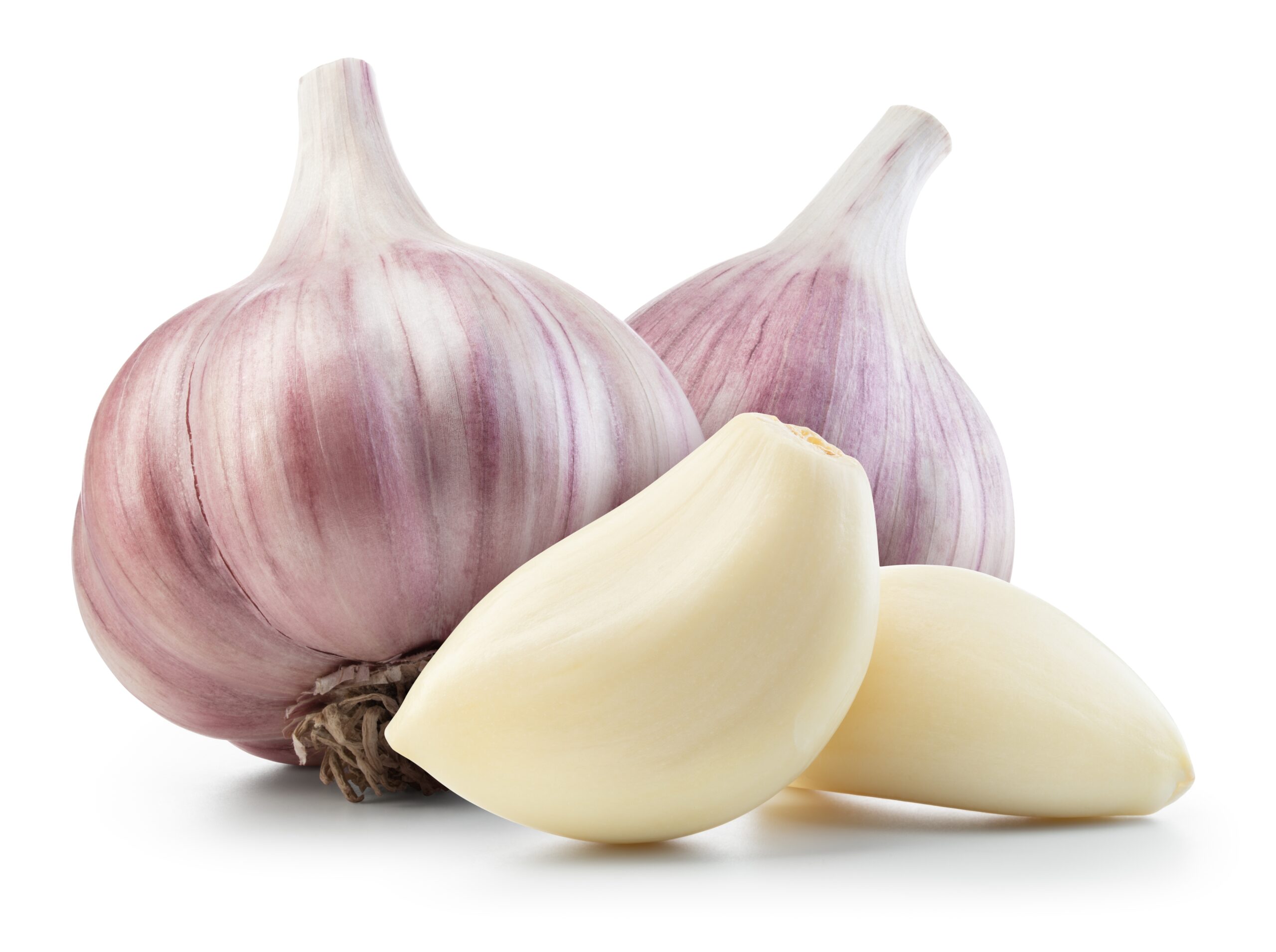
Image Editorial Credit: Tim UR/www.shutterstock.com
Garlic is renowned for its health benefits, which include enhancing immune function and reducing blood pressure. Cooking garlic can activate allicin, its active compound, although letting chopped or crushed garlic sit for a few minutes before cooking can increase its potency. Light cooking enhances its flavor and makes its benefits more potent, making it a powerful addition to any dish.






